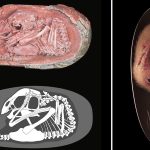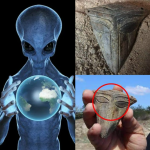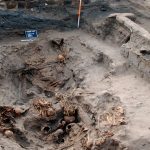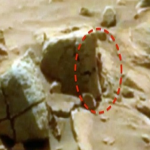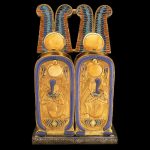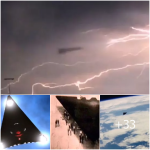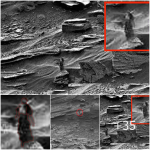Shapur I’s Triumph: Philippus and Valerian, the Roman Emperors, at Naqsh-e Rostam

The scene depicted in the historical monument at Naqsh-e Rostam, Iran, is a powerful testament to the shifting tides of power and the complex relationships between empires in the ancient world. Here, Roman Emperor Philippus the Arab is shown kneeling before Persian King Shapur I, a gesture of submission and supplication for peace. Meanwhile, the standing figure represents Emperor Valerian, who was famously taken captive by the Persian army in 260 AD.
This iconic tableau captures a pivotal moment in history, reflecting the triumph of Shapur I and the humiliation of the Roman Empire. The defeat and capture of Valerian, a reigning Roman emperor, by the forces of Persia was a profound shock to the Roman world, signaling a significant shift in the balance of power in the Near East. Shapur I’s victory at the Battle of Edessa marked a turning point in the ongoing conflict between the Roman and Persian empires, solidifying his reputation as a formidable warrior and strategist.

The scene at Naqsh-e Rostam serves as a visual representation of Shapur I’s triumph over his Roman adversaries. The image of Philippus the Arab, a Roman emperor, kneeling before Shapur I symbolizes the submission of the Roman Empire to the might of Persia. It is a stark reminder of the consequences of military defeat and the precariousness of imperial power.
Emperor Valerian’s presence in the monument further underscores the significance of the event. His capture by Shapur I was a humiliation of unprecedented proportions, marking the first time in Roman history that a reigning emperor had fallen into enemy hands. Valerian’s fate served as a sobering reminder of the vulnerability of even the most powerful rulers in the face of determined adversaries.
The monument at Naqsh-e Rostam is not merely a celebration of Shapur I’s military prowess, but also a reflection of the broader geopolitical dynamics of the time. The Roman-Persian conflict, which spanned centuries, was characterized by a complex interplay of political intrigue, military campaigns, and cultural exchange. The capture of Valerian and the subsequent peace negotiations between Rome and Persia underscored the pragmatic realities of imperial diplomacy and the pursuit of strategic interests.

Beyond its historical significance, the monument at Naqsh-e Rostam is a testament to the enduring legacy of ancient civilizations. The meticulous craftsmanship and artistic skill evident in the carving reflect the cultural richness and sophistication of the empires involved. The monument stands as a poignant reminder of the achievements and aspirations of past societies, as well as the enduring impact of their actions on the course of history.
In conclusion, the depiction of Roman Emperor Philippus the Arab kneeling before Persian King Shapur I, and the standing figure representing Emperor Valerian, at Naqsh-e Rostam, Iran, is a powerful symbol of the triumph of Shapur I and the humiliation of the Roman Empire. This iconic tableau captures a pivotal moment in history, reflecting the complex dynamics of imperial power and the consequences of military defeat. The monument stands as a testament to the enduring legacy of ancient civilizations and the profound impact of their actions on the course of human history.
